Space exploration, the endeavor to explore the outer reaches of our universe, has captured the imagination of humanity for centuries. From the first tentative steps into low Earth orbit to the ambitious plans for interplanetary travel, our journey into space continues to evolve. Recent advancements in technology, international collaboration, and private sector involvement are accelerating our progress and opening new possibilities. Here, we delve into the current state and future prospects of space exploration.
Historical Milestones
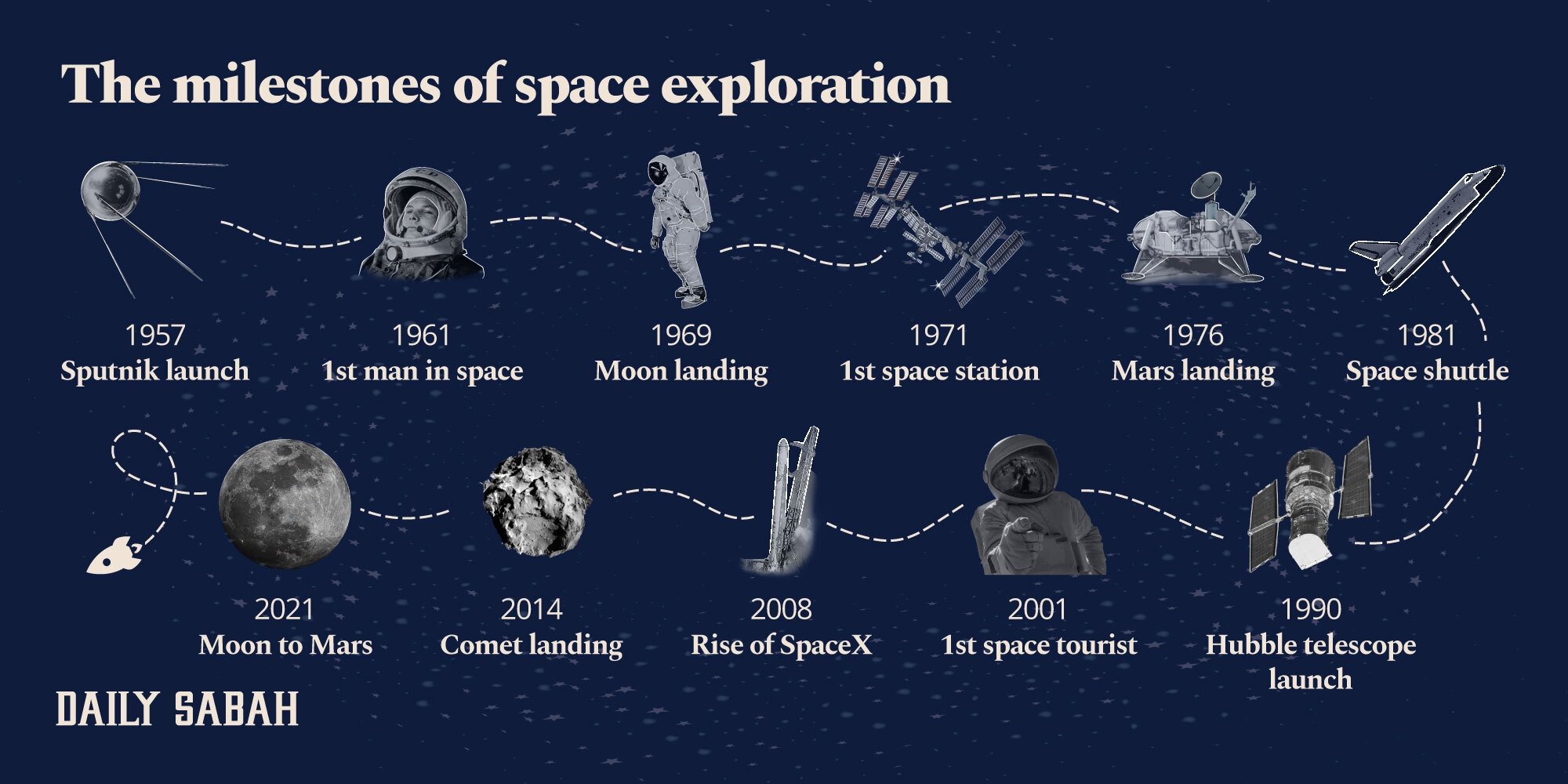
The Space Race: The space exploration era began in earnest during the Cold War, with the United States and the Soviet Union competing for supremacy. The Soviet Union launched the first artificial satellite, Sputnik 1, in 1957, and sent the first human, Yuri Gagarin, into space in 1961. The U.S. responded with the Apollo program, culminating in the Apollo 11 mission in 1969, when Neil Armstrong and Buzz Aldrin became the first humans to walk on the moon.
The Space Shuttle Era: In the 1980s, NASA’s Space Shuttle program introduced reusable spacecraft, significantly reducing the cost of access to space. The shuttle missions facilitated numerous scientific experiments, satellite deployments, and the construction of the International Space Station (ISS), a symbol of international cooperation in space exploration.
Current Developments
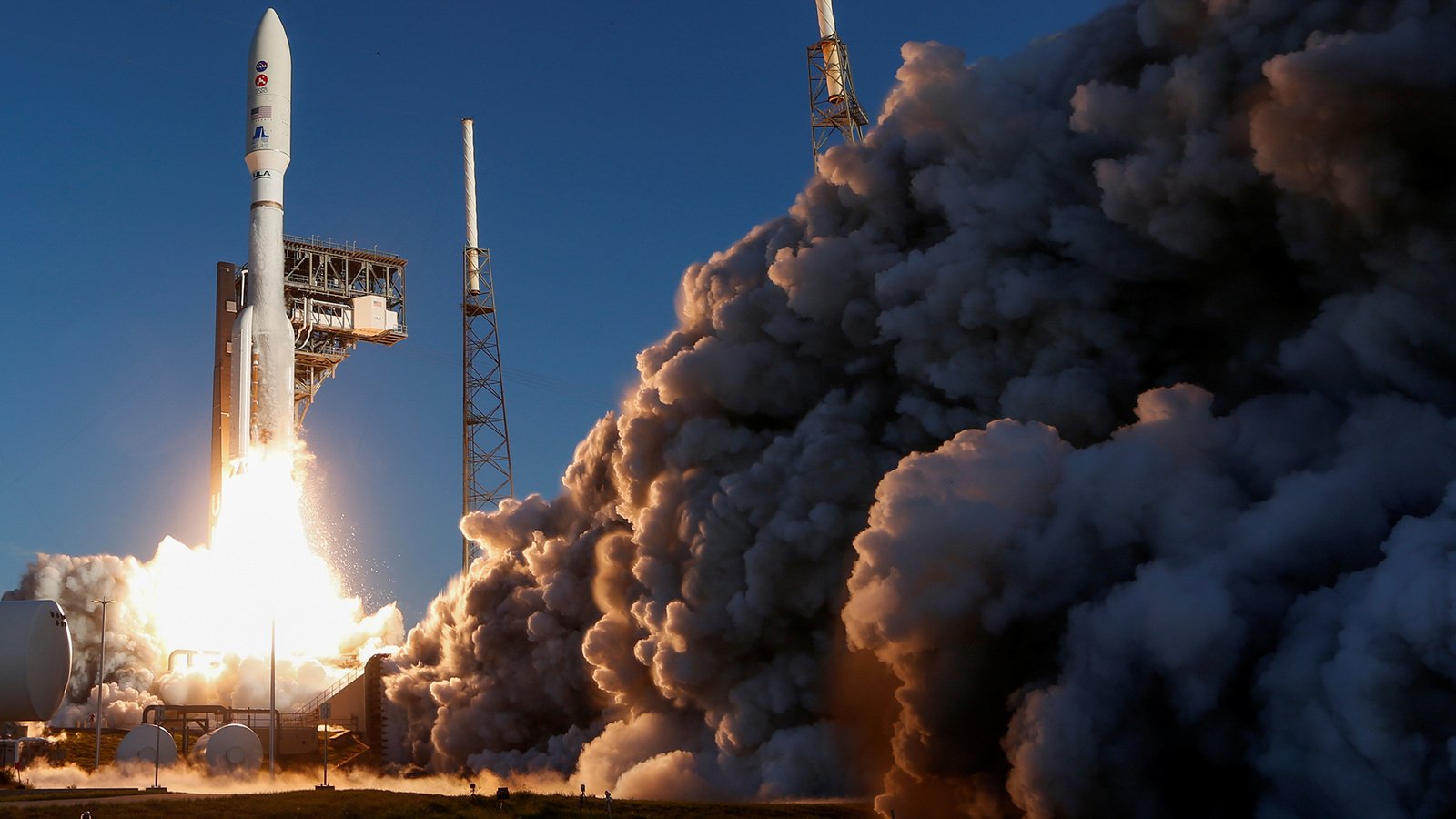
International Space Station: The ISS, a collaborative project involving NASA, Roscosmos, ESA, JAXA, and CSA, serves as a microgravity laboratory for scientific research. Since its launch in 2000, the ISS has been continuously inhabited, providing valuable insights into space habitation, biology, and physics.
Mars Exploration: NASA’s Mars rovers, such as Curiosity and Perseverance, have been exploring the Martian surface, searching for signs of past life and studying the planet’s geology and climate. The Ingenuity helicopter, part of the Perseverance mission, achieved the first powered flight on another planet, demonstrating the potential for aerial exploration of Mars.
Lunar Missions: The Moon has regained focus as a key target for exploration. NASA’s Artemis program aims to return humans to the lunar surface by 2024, with the goal of establishing a sustainable presence by the end of the decade. The program includes international partners and aims to build the Lunar Gateway, a space station in lunar orbit that will support missions to the Moon and beyond.
The Role of Private Sector
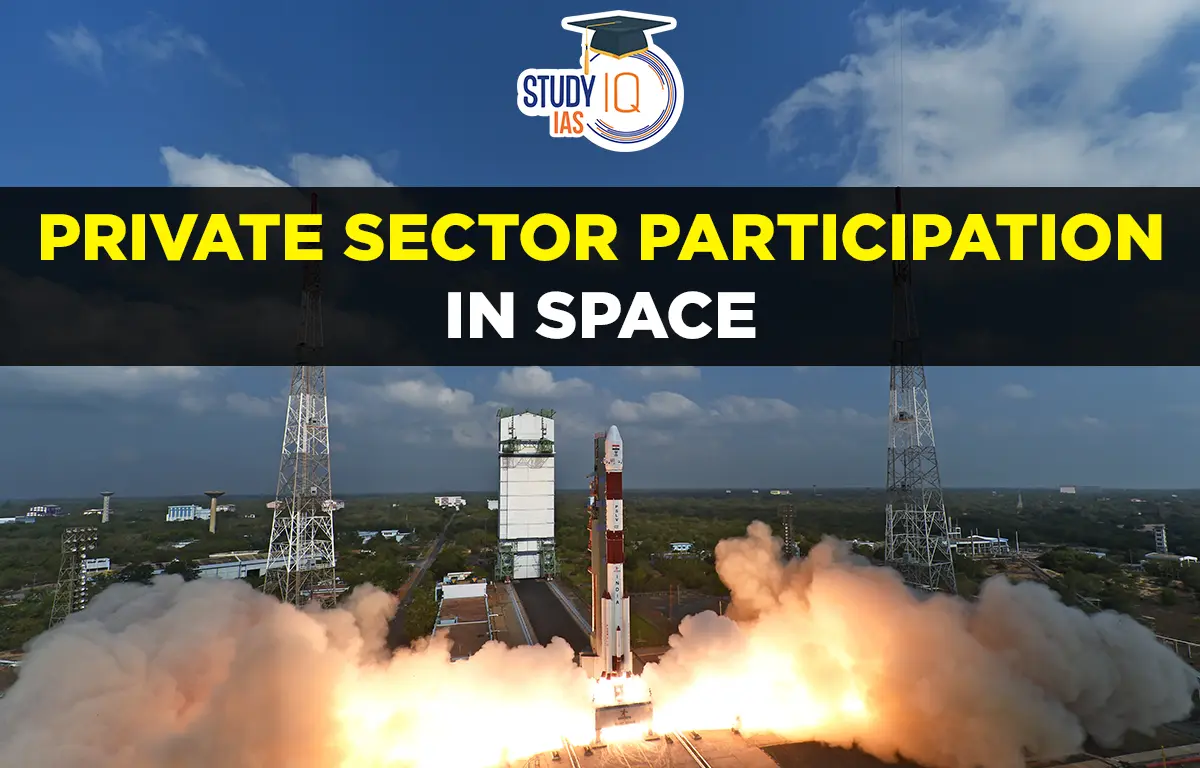
SpaceX: Founded by Elon Musk, SpaceX has revolutionized space travel with its reusable Falcon rockets and Dragon spacecraft. The company has successfully transported cargo and crew to the ISS and is developing the Starship spacecraft for deep-space missions, including Mars colonization.
Blue Origin: Jeff Bezos’ Blue Origin is focused on developing reusable rockets to reduce the cost of access to space. Its New Shepard suborbital rocket is designed for space tourism, while the New Glenn orbital rocket aims to compete in the commercial launch market.
Commercialization of Space: The private sector’s involvement is driving innovation and reducing costs. Companies like SpaceX, Blue Origin, and others are not only providing launch services but also working on satellite deployment, space tourism, and asteroid mining, making space more accessible and economically viable.
Future Prospects
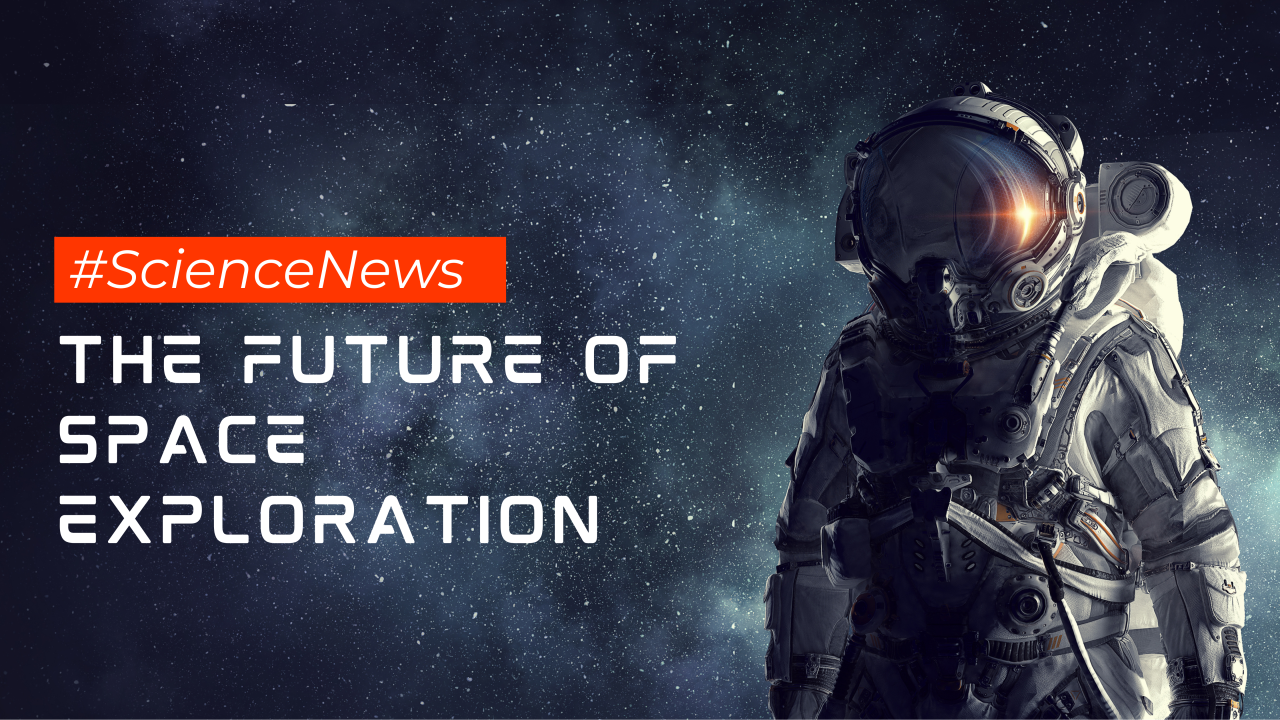
Mars Colonization: Elon Musk’s vision of colonizing Mars involves sending large numbers of people to establish a self-sustaining colony. While this goal is ambitious, advancements in spacecraft design, life support systems, and sustainable living technologies are making it increasingly plausible.
Deep Space Exploration: Missions to the outer planets, such as Jupiter’s moon Europa and Saturn’s moon Titan, are on the horizon. These missions aim to explore the potential for life in the subsurface oceans of these icy moons and understand the conditions of the outer solar system.
Interstellar Travel: Concepts for interstellar travel, such as the Breakthrough Starshot initiative, envision sending small, light-powered spacecraft to neighboring star systems like Alpha Centauri. While still in the conceptual phase, these projects push the boundaries of what is possible in space exploration.
Challenges and Considerations
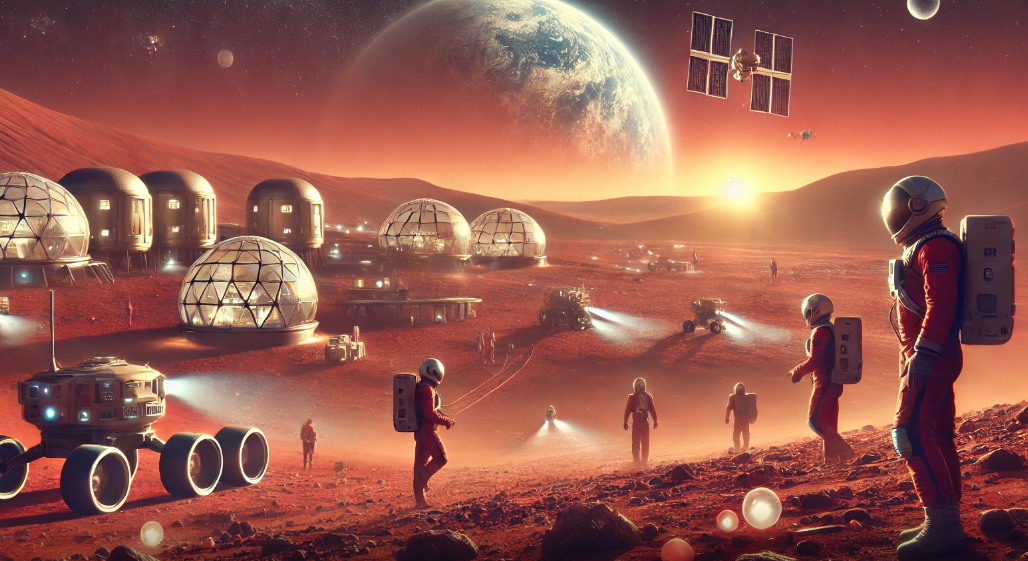
Radiation and Health Risks: Prolonged exposure to space radiation and the health effects of microgravity pose significant challenges for long-duration missions. Research on the ISS and future lunar missions will help develop countermeasures to protect astronauts.
Sustainability: Ensuring the sustainability of space exploration involves developing technologies for in-situ resource utilization (ISRU), such as extracting water from lunar ice and producing oxygen and fuel on Mars. Sustainable practices will be crucial for long-term human presence in space.
International Cooperation: Space exploration requires international collaboration to share knowledge, resources, and reduce costs. The involvement of multiple nations in projects like the ISS and Artemis program highlights the importance of cooperative efforts in achieving ambitious space goals.
Conclusion
Space exploration is entering a new era of rapid advancement and boundless possibilities. Technological innovations, international partnerships, and private sector engagement are driving humanity’s quest to explore the cosmos. As we push the boundaries of our knowledge and capabilities, space exploration promises to uncover new scientific discoveries, inspire future generations, and ultimately expand the frontiers of human existence.




